Budapest’s UNESCO World Heritage Sites – the Castle District with Buda Castle, the banks of the Danube, and Andrássy út – bring together an impressive range of architectural styles, from medieval fortifications and Baroque splendor to elegant Neo-Renaissance design.
Our exploration began with a climb up Castle Hill. From the top, we were rewarded with a wide view over the city and a tangible sense of its history. Numerous construction sites stood out, suggesting both the reconstruction of historic buildings and modern reinterpretations. Building new structures in the style and appearance of older ones may strike some – particularly heritage conservators – as unusual, yet it also results in a harmonious and visually appealing overall composition
The path then led us down to the Danube. In the warm evening light, the Parliament building shone as a perfect photo motif. Our walk through Buda eventually took us past the Fisherman’s Bastion and back to our accommodation.
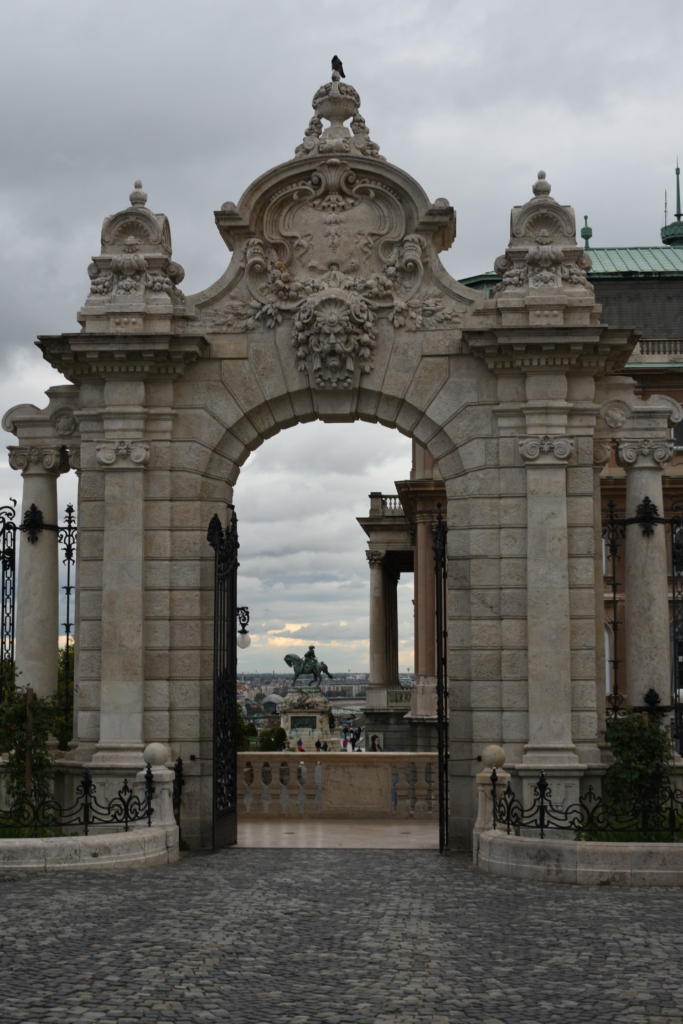
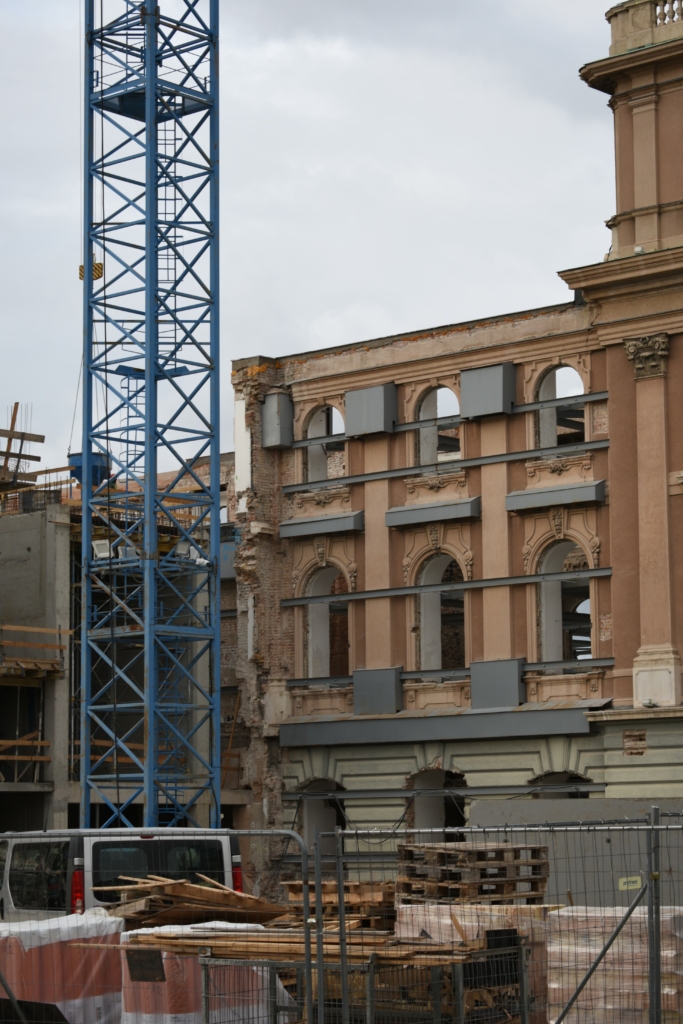
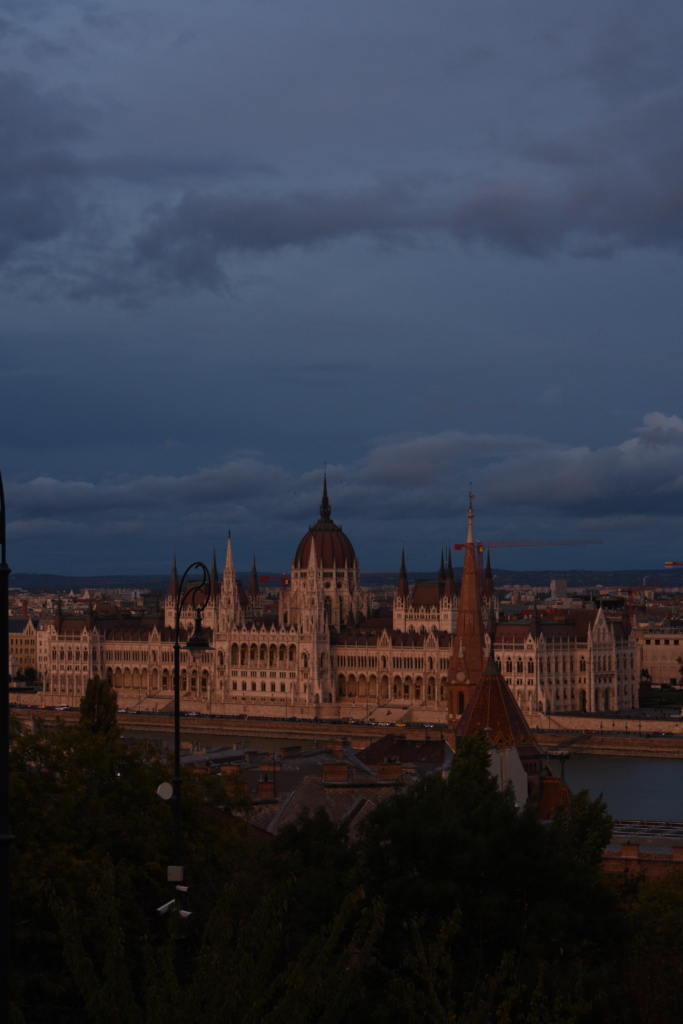
The next day, we crossed the Danube to explore Pest. Along Andrássy út, with its Neo-Renaissance façades and grand layout, one can trace the principles of modern urban planning from the 19th century. Beneath it runs the Millennium Underground – one of the oldest metro lines in Europe and itself a UNESCO World Heritage site. Of course, when visiting Budapest, you can’t go without having a portion of goulash and langos!
In Szent István Park, the influence of the Bauhaus style becomes visible. The park was created to bring more green space to the densely built-up city.
A little further from the center, in the Wekerle district, lies Kós Károly Square. Its design follows the ideas of the Arts and Crafts movement, creating a cohesive and almost village-like atmosphere.
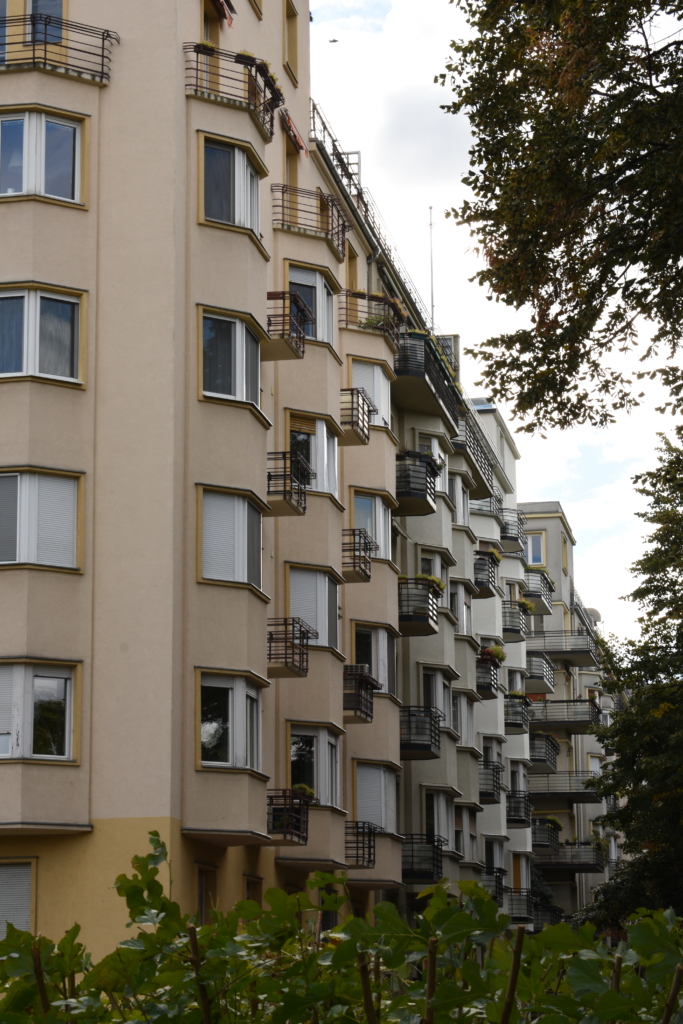
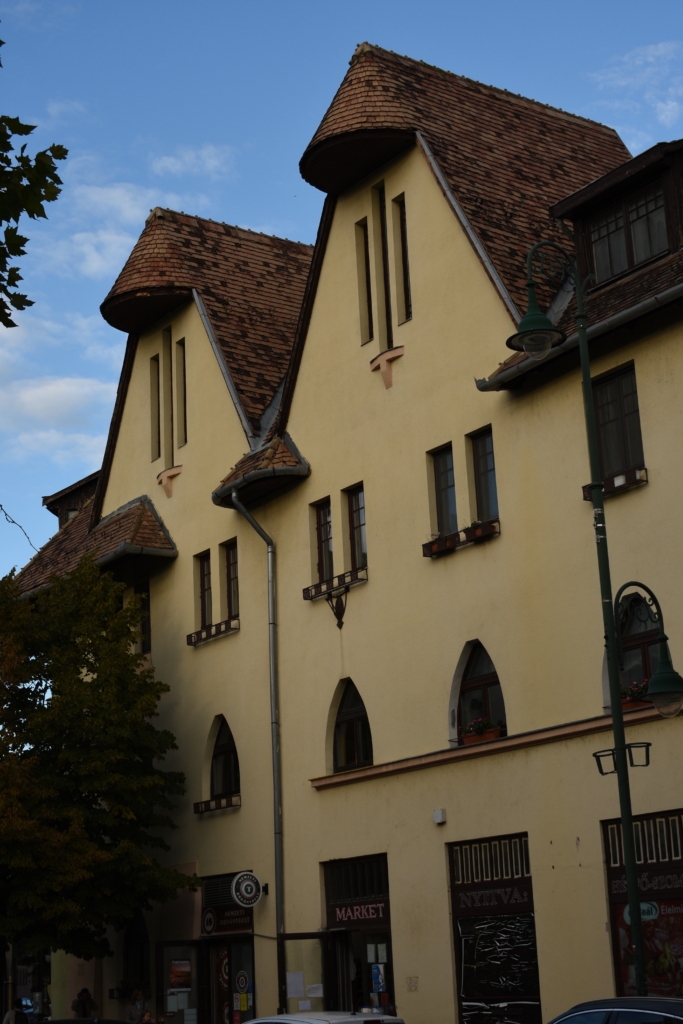
Altogether, the city presents a rich mosaic of architectural eras, blending different styles into a unique urban character.
On our way to Vienna, we took the opportunity to make a stop at Neusiedlersee – coincidentally also a UNESCO World Heritage Site since 2001.
The lake is the westernmost steppe lake in Europe and stretches across the border between Austria and Hungary. It is characterized by its shallow depth – averaging only about 1.5 meters – its wide reed belts, and its rich variety of wildlife. The Fertö/ Neusiedlersee Cultural Landscape represents thousands of years of interaction between humans and nature in this unique region.
We noticed that the water appeared somewhat murky, which is due to the lake’s slightly saline content – up to 2 g/L salt. In comparison, freshwater typically contains less than 1 g/L salt. After a pleasant walk along the lakeshore, we continued our journey.
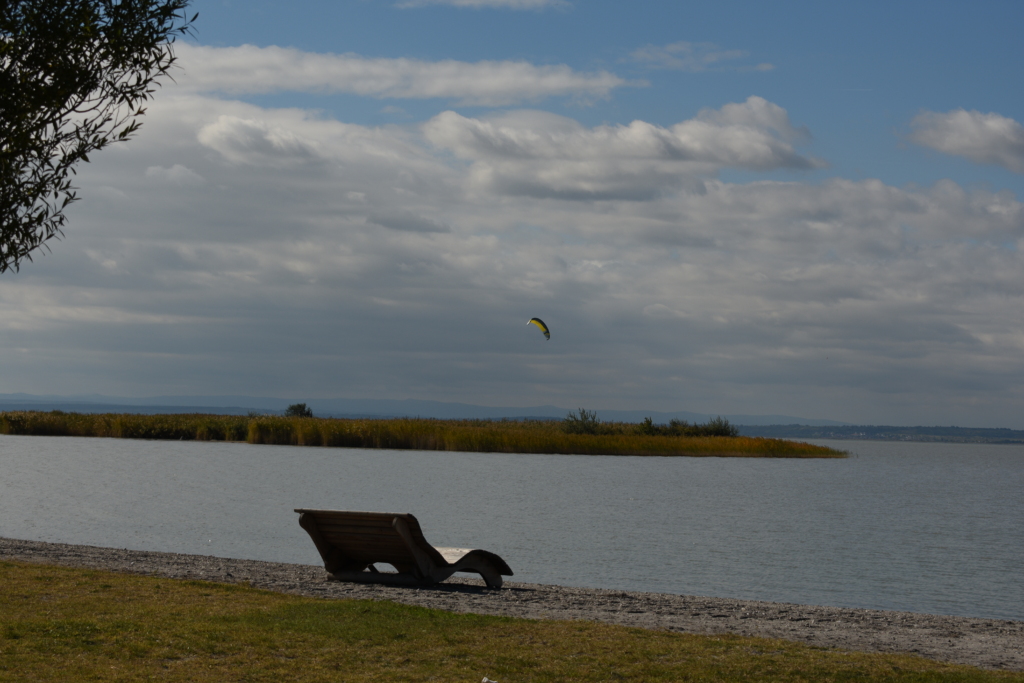
Next stop: Vienna.